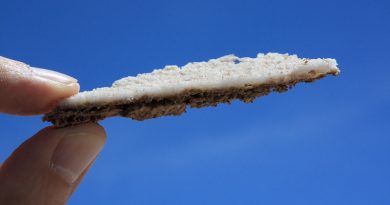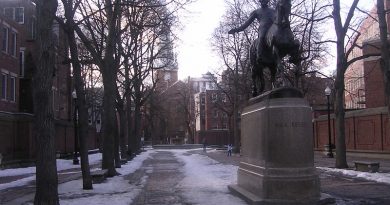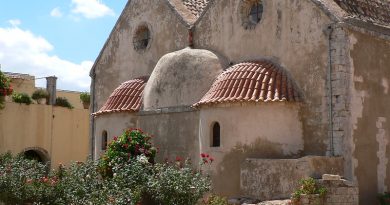Warmongering at the Ancient Ruins of Caracol
History Facts
Where: Chiquibul Rainforest, BelizeWhen: Heyday from 700 – 900ADWhat’s the history: Great Classical Mayan civilization fleed this vast city when warfare became less of an elite ritual and more of a means of everyday living.Go there for: Epic plazas and eary walks around a ghost town the size of London.
Caracol is located deep in the Chiquibul Rainforest, and is the largest and most inaccessible Mayan site in the whole of Belize. Excavations during the last 15 years have yielded some extraordinary discoveries, which have transformed our understanding of the Mayan civilisation.
What’s the History There?
The vast city of Caracol, which covers 30 square miles, had its heyday in the Classical Mayanperiod, between 700 and 900 AD. Although there are Mayan ruins scattered throughout Central America, we know relatively little about the powerful city-states that dominated the region at that time.
The most impressive structures at the site of Caracol include five plazas, an observatory and a number of pyramids, the largest of which, known as canaa or ‘sky place’ is 139ft high and to this day is the tallest building in Belize. More than 35,000 separate buildings have been identified, including domestic residences. About 200,000 people are thought to have lived in Caracol.
Caracol was discovered by a logger in 1938, but excavation did not begin in earnest for another 12 years, and most of the work has been carried out since 1985 by a team of archaeologists led byDiane Chase. They have uncovered a number of important burial grounds which indicate the social standing of women and other groups within society. In addition, a stone stela carved with hieroglyphics reports that in 562 AD Caracol won an important military victory over the Mayan city-state of Tikal, 60 mile away in Guatemala.
As a result of their research at Caracol, the Chases believe that warfare became less of a ritual preserved for the elite class and began to permeate the lives of ordinary Mayans, causing them to flee the cities.
There is no evidence of post Classical inhabitation at Caracol, which indicates that the city was abandoned in about 1100 AD. The archaeologists have surmised that warfare had a great deal to do with the decline of the city: once reserved as a ritual of the elite ruling classes, warmongering appears to have become a requirement for all sectors of society. Much of the population may have fled the city in fear of their lives, and casualties sustained in battle would also have led to a depleted populace, unable to survive in isolation in the middle of the jungle any longer.
What’s There to See and Do?
Visitors are welcome at Caracol during the dry season, when the excavations are in progress, however you do need to obtain a permit from theDepartment of Archaeology in Belmopan in advance. If you book through a reputable tur operator they’ll organise the permits on your behalf.
There are a number of photographs, diagrams and artifacts on display at the Visitors Centre at Caracol.
Besides the ruins, the uninhabited rainforest surrounding Caracol offers innumerable opportunities to observe the flora and fauna of Belize. If you camp out at the ruins (with permission) you may be lucky enough to catch sight of jaguar, ocelot or margay in their natural habitat.
Be advised that there are no facilities at all at Caracol. You’ll need to bring your own food, drinking water, gasoline, camping equipment etc with you – and remember to take any rubbish with you when you leave.
More Information
Travel BelizeOfficial website of the Belize Tourist Board
Belize OnlineGuide to tourism and investment in Belize.
You Better Belize ItComprehensive information for anyone planning a trip to Belize.
Destination – Belize




